Hydroponics, a method of growing plants without soil, has gained immense popularity due to its efficient use of space, water, and nutrients. This technique allows for year-round cultivation, often resulting in faster growth rates and higher yields. While many plants can thrive in hydroponics, certain vegetables have performed exceptionally. Here’s a look at the best vegetables for hydroponic gardening.
Other Topics You Might Like
Helpful Products You Might Like
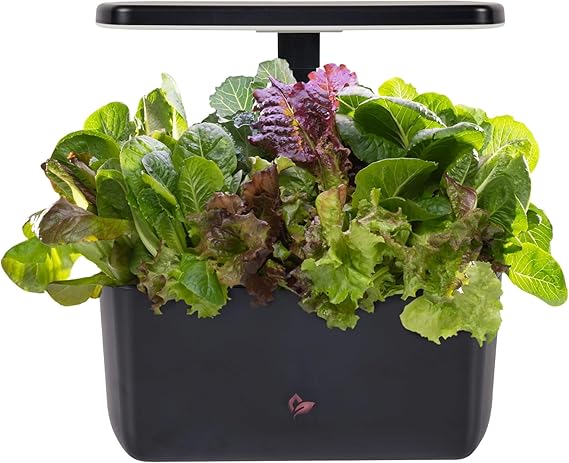
AeroGarden Harvest Garden Hydroponic System with LED Grow Light
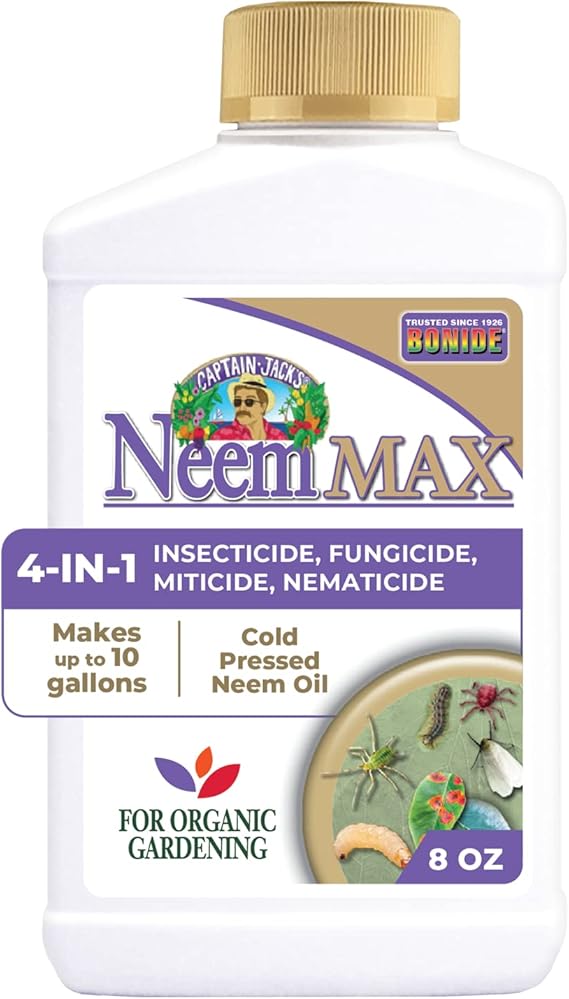
Bonide Captain Jack's Neem Max Oil For Organic Gardening
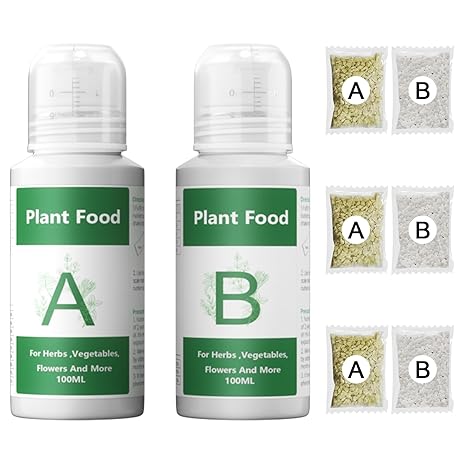
Hydroponics Nutrients Plant Food A & B Hydroponics Supplies
"(Paid Links)" 
Lettuce
Lettuce is undoubtedly among the most common vegetables that can be grown using the hydroponic method. Growing lettuce is appropriate because it takes approximately twenty-eight to forty-five days to be ready for harvesting. Hydroponic systems also optimize the supply of water and nutrients that the lettuce needs to ensure that its leaves are fresh and delicious. Hydroponics is particularly beneficial for the cultivation of romaine, butterhead, and loose-leaf varieties.
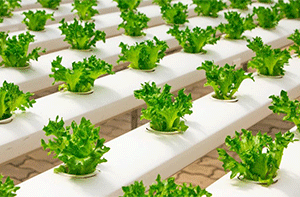
Spinach
Spinach is another vegetable that has proved convenient to grow using the hydroponics system since it matures within twelve to fourteen days. Further, a hydroponic environment is beneficial because it dramatically reduces the likelihood of pests and diseases that tend to be prevalent in soil. The crop matures quickly and is perennial since it is harvested from the outside. The middle leaves are left to continue growing. Spinach comes from cool climates and thus features a perfect crop for indoor hydroponic setups.
Kale
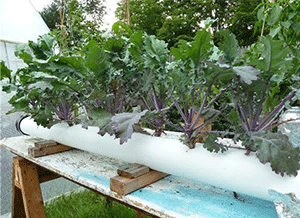
This crop is also known for the high concentration of vitamins and minerals found in this leafy green. It is also suited for cultivation in a hydroponic system. This leafy green is robust and can withstand many growing conditions, growing well all year round with an average increasing time of fifty to seventy-five days. This greenery can grow its dark leaves while bathing in a nutritious solution while submersed within multiple lighting conditions for hydroponics.
Herbs (Basil, Mint and Cilantro)
Herbs are small clusters of plants with distinct scents or smells, and they serve many culinary purposes. Basil, mint, or cilantro would thrive in hydroponic systems. Their short growing cycles help them grow fast and can be harvested continuously.
Tomatoes
Tomatoes have slightly more requirements than leafy vegetables. However, with the right practices, tomatoes can prosper in hydroponic systems. Among tomato growers, indeterminate types, which can grow and produce fruits throughout the season, are often preferred. Tomatoes require more nutrients and require more dependence, but they can be very rewarding in terms of harvest. Tomatoes grown in Hydroponics are said to have a more profound taste than their soil-grown counterparts.
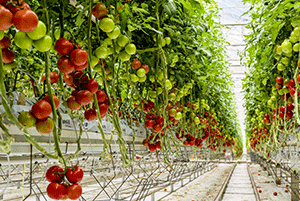
Peppers
Sweet and hot peppers are perfect for hydroponics. They require warm weather and bright light, which makes them good candidates for indoor systems with artificial light. Peppers usually take a little longer to mature than leafy vegetables but can yield a lot of fruits. The pest and disease pressure is alleviated in the isolated environment of Hydroponics, thus allowing the cultivation of healthier plants.
Cucumbers
Cucumbers are also another good candidate for hydroponics. They need a slightly larger area and some support as they grow, but they are high-yielding plants that would produce considerable returns. Cucumber plants prefer warmer environments and require regular moisture and nutrients for optimum growth.
